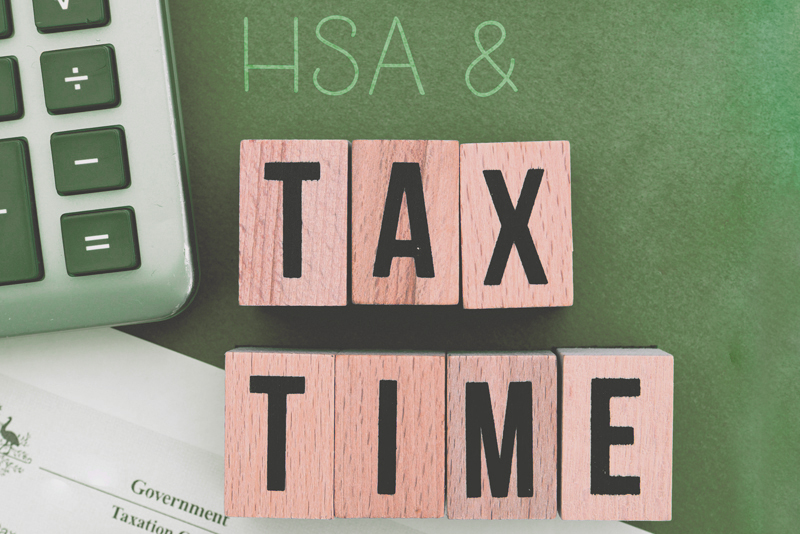Your HSA and Taxes
Mar 4th 2019
While many of us are already planning how we’ll spend our tax refund, we have to get our returns filed first. Before you decide to spend it on a vacation or your next remodel project, how can you invest your money to go further and help you tackle the rising cost of healthcare? In this post, we offer a suggestion along with a few other things that health-savings account holders should keep in mind during tax season:
HSA contributions and distributions are non-taxable—unless you withdraw money to pay for something other than a qualified medical expense. If this is the case, you will have to pay an additional tax of 20 percent on the taxable portion of your distribution. You will calculate this tax amount using Form 8889 and will need to report the taxable amount on the “other income” line of your tax return, writing “HSA” beside it.
You can direct-deposit your refund into your HSA.
The average tax return last year was $3,120. By directing your refund to deposit directly into your HSA account, you’ll be ahead of the game for saving for medical expenses in 2018—or for healthcare expenses during retirement. (The annual HSA contribution limit for individuals with single medical coverage in 2018 is $3,450.) While this may not be the most exciting use of your tax refund, it may be among the wisest, especially when planning for retirement, as retirees who take money out of an IRA or 401(k) to pay for medical expenses will be taxed on these withdrawals. When they pay medical bills from an HSA, however, they will never be taxed. E-filing and selecting the direct deposit option is also the quickest way to get your return. Ninety percent of returns that are filed this way are received within a few weeks, while mailing in a paper return can require a six- to eight-week wait.
You will need to file a Form 1099-SA if you’ve taken money out of your HSA for any reason.
To report distributions from an HSA, you must file this form, which the custodian of your HSA is required to file and send to you. The form essentially notifies the IRS that money has left your HSA account. Because the government will also want to be sure you’ve spent any money you’ve withdrawn from your account on qualified medical expenses, this is the form where you will note whether or not you’ve held up your end up the HSA bargain with the government, so to speak.
You will also need to file Form 8889 to verify that you spent your distributions on qualified medical expenses.
If you made contributions to, or received distributions from, an HSA in 2017, you will also need to attach Form 8889 to your tax return. On this form, you will report these deposits and withdrawals (including those made on your behalf or by an employer) and determine your HSA deduction and the amounts you must include in income. Form 8889 will also help you figure the tax you will owe if you withdrew money from your HSA to pay for things other than qualified medical expenses.

On the subject of tax returns, the Internal Revenue Service urged taxpayers again this week to watch out for erroneous deposits from the IRS in their accounts. Following a breach of tax practitioners’ computer files, scammers have now filed several thousand false returns, using taxpayers’ real bank accounts for the deposits. The taxpayers who receive the deposit then receive an automated call purported to be from the IRS. According to the IRS, “Thieves are then using various tactics to reclaim the refund from the taxpayers, and their versions of the scam may continue to evolve.”
Americans have until April 17, 2018, to file their 2017 tax returns—this year, we get two extra days because April 15 falls on a weekend and April 16 is Emancipation Day, a legal holiday recognized in Washington, D.C.

